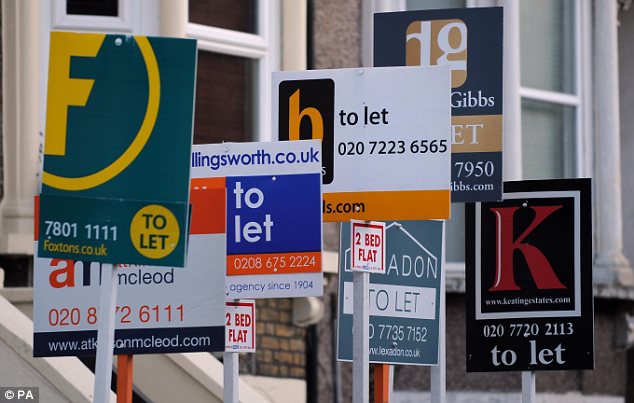First Time Buyer Mortgages
Firstly, be happy as you are now entering or taking interest of the UK property market. If you have not any missed payments on anything within the last 6 to 12 months and your income is minimum of £14,500, you may be qualified with most direct mortgage lenders. Each application is individually assessed based on a range of criteria, such as:
- Affordability,
- Credit habits,
- Credit Behavior,
- Credit Worthlessness,
- Age,
- Employment Status,
- Property type
Credit history and credit scoring systems used by direct mortgage lenders, are used differently to assess your mortgage application. Bad or adverse credit history customers are also considered, Please read the blog post to do with bad credit mortgages UK.
The good news is that every mortgage lender is different, and if you have been previously declined, it does not mean you will be declined again by another lender in the UK market. Most or some lenders, are flexible with their decision models and rather use their own credit assessing tools and logic in place to help determine whether you are financially fit for repayments on any of their mortgage products, whether it is residential or buy to let investment purposes.
How much can I borrow?
The amount you can borrow mainly depends on your affordability elements of your mortgage application. Most direct mortgage lenders use the same or similar rule of, 4.5 times your yearly salary. For example, If you earn a gross annual salary of £36,000, you may be eligible to borrow up to £162,000. This means your loan will be £162,000 per term you applied for. Use our Mortgage Calculator to find out your monthly repayments.
Some lenders also take into account other income along with your main income. Other income would be:
- Benefits,
- OverTime,
- Shift Allowance,
- Bonuses,
- Holiday Pay,
- Dividends,
- Investment Income,
- Retirement income,
- Overseas income
The normal calculations is 4 or 4.5 times your main gross annual salary and some direct lenders, may stretch to 5 times your gross annual salary depending on your circumstances.
How much Deposit do I need?
The main problem faced by first-time buyers is their deposit size. Most lenders can loan to the value of up to 95% LTV – Loan To Value. Thus ranging from 70,75,80,85 LTV and now, with the government new help to buy scheme, 95% LTV. This means, you may be eligible to just a deposit of 5% of the house price. For example, if the house purchase price is £200,000, your deposit would be just £10,000.
100% Mortgages are not available anymore and therefore, you are required to put down at least 5%.
What are the Monthly Repayments on my Mortgage?
Your monthly mortgage repayments will be determined when you accepted for a mortgage. It is dependent on the size of the deposit you are or will initially put down and the mortgage interest APR rate.
See our other posts to calculate your mortgage repayments. If you would like a future statement or want to see a breakdown of the monthly repayments for your mortgage, see our fully automated mortgage amortization schedule
